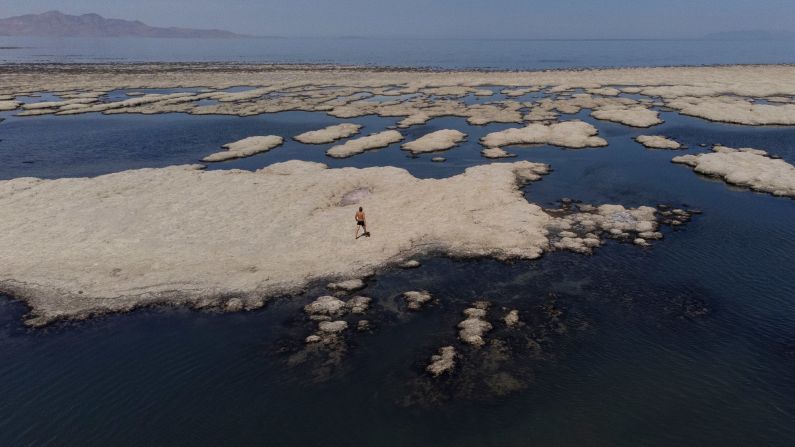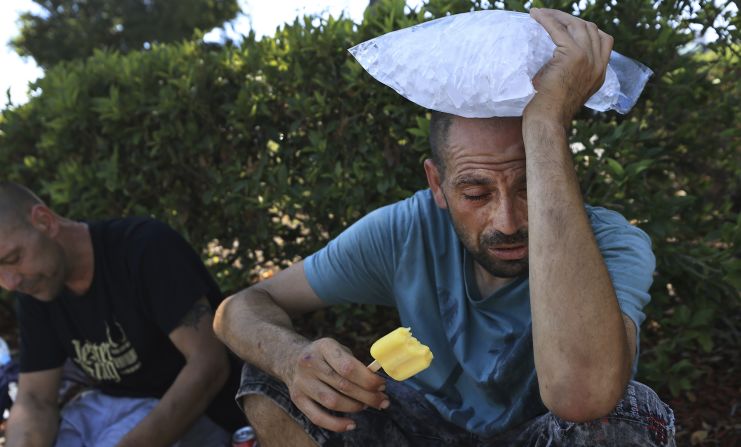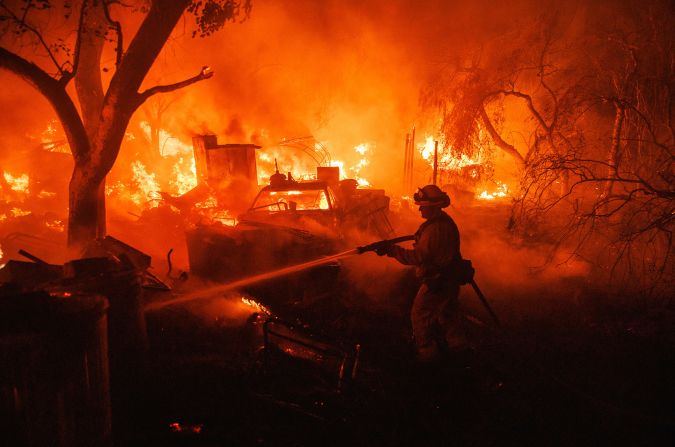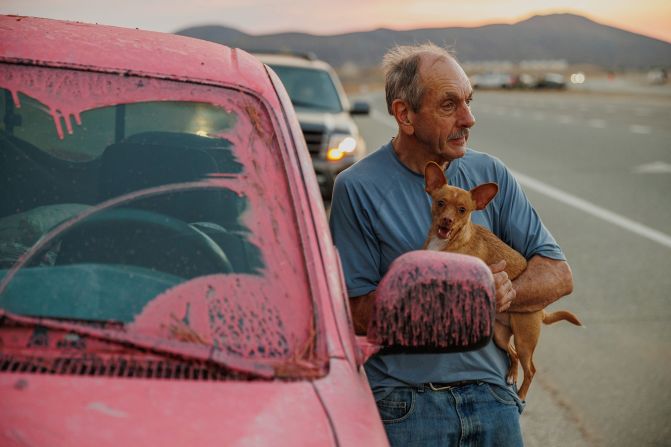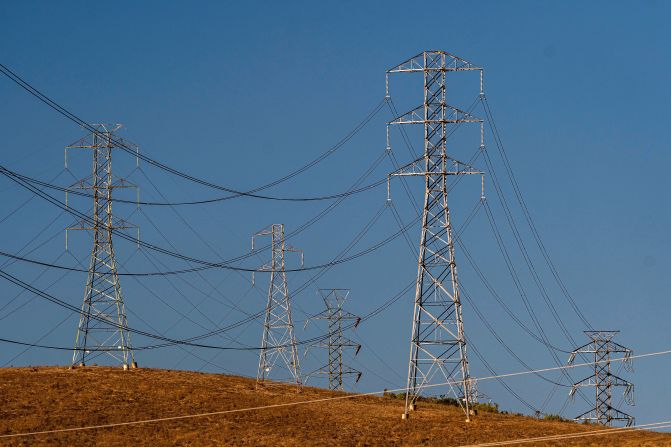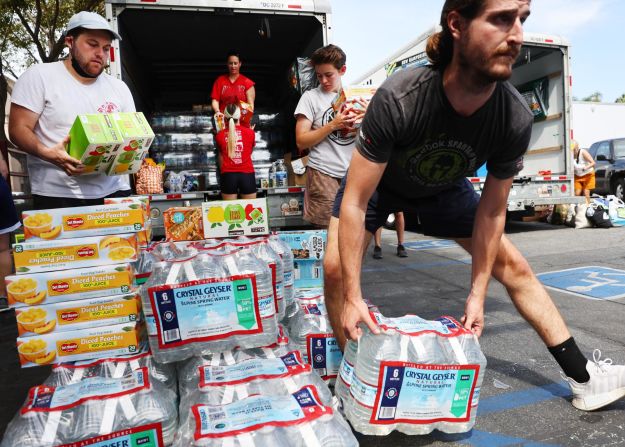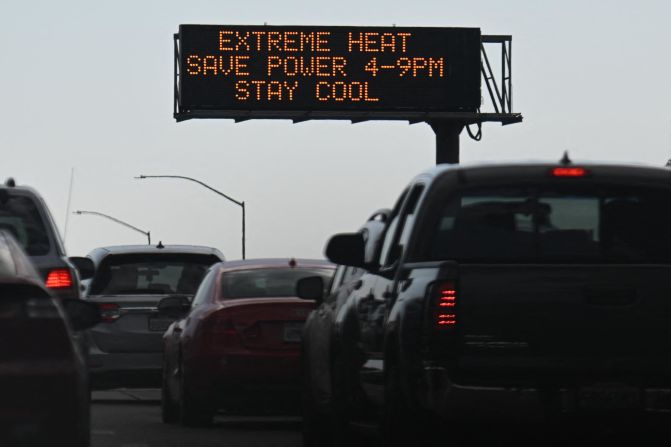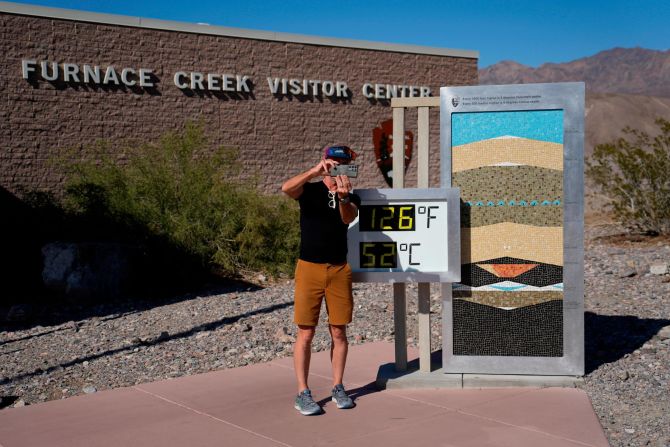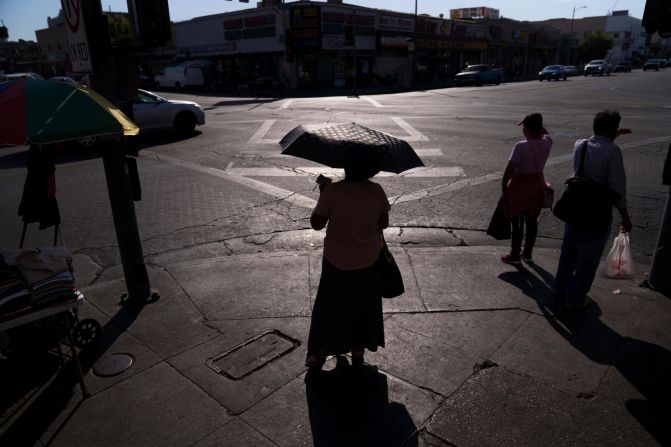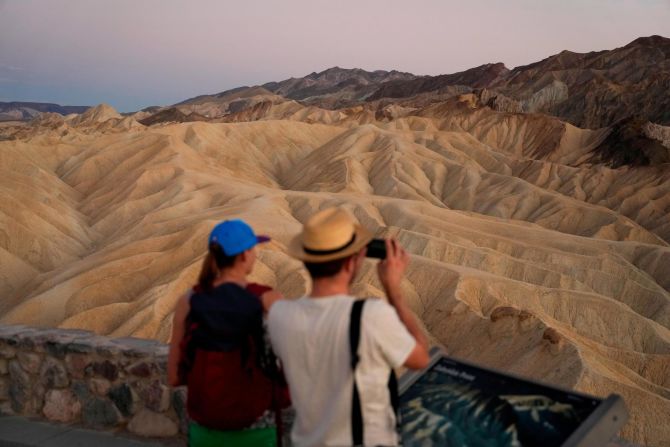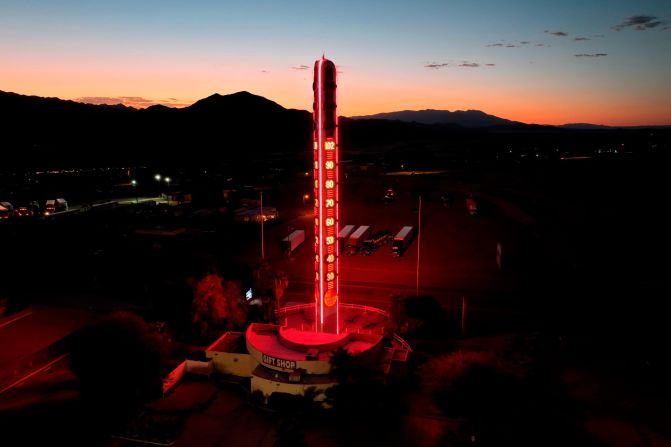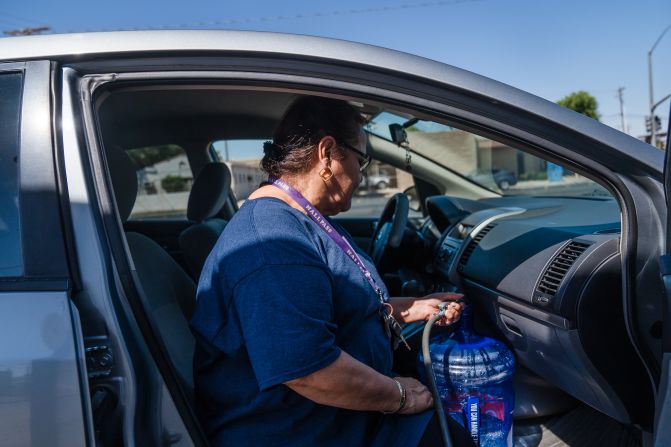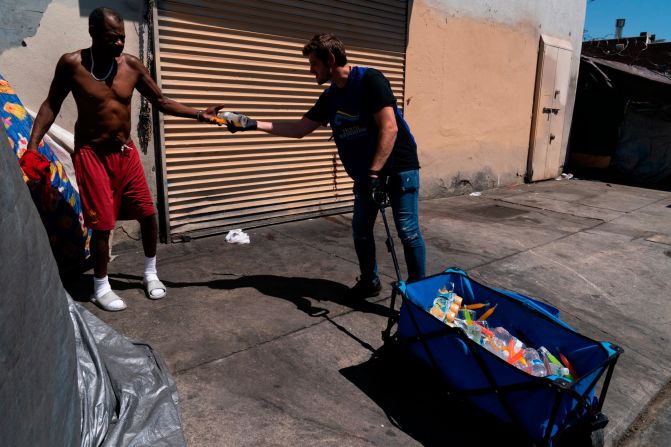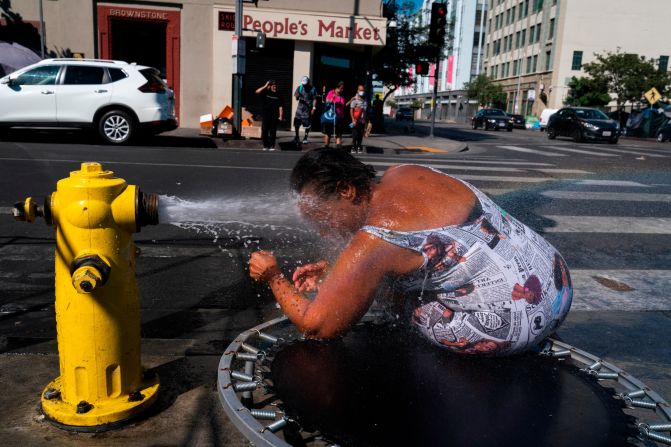More than 50 million people across the American West are under heat alerts Tuesday, as a prolonged heat wave continues to grip the region, prompting record high temperatures and upending daily life.
Californians have been warned to prepare for rolling blackouts and asked to conserve energy. Wildfires have ripped across the state, killing at least four people while consuming thousands of acres and dozens of structures. And a hiker died while others were rescued in Arizona after suffering heat exhaustion.
These are just a handful of the impacts stemming from extreme heat, which scientists say is getting worse because of the human-caused climate crisis. Recent heat records have far outpaced cool records, with more than 300 all-time highs recorded this year, compared to just three all-time cool records.
Extreme heat events are being pushed into unprecedented territory by planet-warming emissions, making the Pacific Northwest’s historic 2021 heat wave, for instance, “virtually impossible” without the climate crisis, scientists found.
Here’s a look at some of the effects of recent weeks’ heat across the West.
Californians brace for rolling blackouts
Residents of the Golden State have been told to prepare for the possibility of power outages Tuesday evening as record demand threatens to outstrip the power supply while heat records are broken across the state.
California Independent Operator System (Cal ISO), which oversees the power grid for most of the state, said it expects to reach a stage 3 emergency level by 5:30 p.m., when peak demand is expected to reach an all-time high. A stage 3 alert is the final step before rotating power outages are implemented.
The president of the operator of most of California’s power grid urged residents to conserve energy after 4 p.m., calling the efforts “absolutely essential,” per a news release Monday.
Forecasted demand “is at all-time record levels and the potential for rotating outages has increased significantly,” said Elliot Mainzer of the California Independent Systems Operator.
About 9,500 Pacific Gas and Electric customers in the San Francisco Bay Area were without power as of 1 pm, according to utility spokesperson Deanna Contreras. That number was down from a peak of about 45,000 customers out of power Monday at 7 p.m.

The state is seeing record temperatures, including in Sacramento, which had an all-time high of 115 degrees Tuesday. That followed 114 degrees Monday, the city’s hottest September day on record. San Francisco International Airport hit 97 degrees, a daily record, and that city remains under a heat advisory Tuesday.
Further south, Death Valley could hit 125 degrees Tuesday, which would tie its hottest September temperature on record. (Despite an unofficial reading of an even higher temperature, Death Valley on Friday officially only reached 124 degrees. And its September record is still short of Earth’s all-time record for the month: 126 degrees, set in 1950 in Mecca, California.)
If rotating outages occur this week in California, they would likely last at least 40 minutes each before power is restored for the first set of impacted customers and goes out for the next group. Utilities would try to keep outages as short as possible, Mainzer assured customers, but operators anticipate power supply deficits between 400 and 3,400 megawatts between 5 p.m. and 9 p.m. Tuesday.
Overall demand is forecast to hit 51,145 megawatts, higher than the previous record demand of 50,270 megawatts, set in July 2006.
Fish died in a Utah reservoir
And California’s regional neighbors are toying with record high temperatures, too. Billings, Montana, also hit 100 degrees on Monday, the first time the city has hit 100 degrees twice in the same September.
And Salt Lake City, Utah, hit 104 degrees Monday – the city’s hottest September day on record and its 32nd day in 2022 with temperatures of at least 100 degrees, another record.
In fact, temperatures have been so high in Utah this summer that wildlife biologists have attributed the heat and low water levels to the deaths of fish late last month: Roughly 80 kokanee salmon were confirmed dead on August 26 at Lost Creek Reservoir, about 70 miles northeast of Salt Lake City, according to Faith Jolley, a spokesperson for the Utah Division of Wildlife Resources, though she noted that was “quite a small amount of the total fish there.”
Still, with “the recent heat wave and record number of hot days this summer and lower water levels, water temperatures at Lost Creek are just starting to reach the thermal maximum for what kokanee can tolerate,” Jolley said in an email.
Water levels in lakes and reservoirs fall during a drought, she explained, and at a lower water level, those bodies of water heat more quickly. That’s bad for fish, Jolley said, because warm water holds less oxygen than cooler water. Together, the high temperatures and lack of oxygen can result in poor fish growth, disease and even death.

Wildfires kill 4 in California
Persistent heat has helped fuel wildfires across the region this summer, and that remained true this holiday weekend, as fires consumed thousands of acres, sending residents fleeing.
Two people were killed in the Fairview Fire in Riverside County in Southern California, with the fast-moving blaze fueled by parched vegetation. The fire ignited Monday afternoon and quickly burned 2,000 acres, destroying at least seven structures and damaging several more, per Cal Fire, and forcing the evacuations of at least 5,000 homes.
Fire officials have yet to identify those who died in the fire or the circumstances in which they perished.

Meanwhile, two women, ages 66 and 73, died in the Mill Fire in Northern California’s Siskiyou County. That fire had burned more than 4,200 acres as of Tuesday morning and destroyed 117 structures. Elsewhere, the Mountain Fire had burned another 11,700 acres.
Prolonged drought has left behind a “huge amount of dead fuel,” Cal Fire Battalion Chief Jon Heggie told CNN Sunday, calling the conditions “extremely dangerous.”
“All these fires now have receptive fuel beds to burn,” he said. “Now, when anything gets started, it has that potential for exponential growth in a short period of time just because everything is so tinder dry.”

Two Arizona hikers die, five others injured
A group of hikers had to be rescued Monday after they suffered exhaustion while venturing about 40 miles north of Phoenix as temperatures hit 109 degrees – about six degrees above average, per the National Weather Service.
Tragically, one of the hikers, a man in his 20s, was pronounced dead after being taken to a hospital, a spokesperson for the Maricopa County Sheriff’s Office said. Five others were treated at the Spur Cross Trailhead.
The group had run out of water and gotten lost, per the Scottsdale Fire Department, which urged would-be hikers to plan ahead, bring water and know the signs of heat exhaustion.
On Sunday, a 59-year-old woman died after becoming disoriented and losing consciousness while hiking down a trail in Grand Canyon National Park.
“Trip members attempted resuscitation efforts without success,” a release from the park said, noting that high temperatures in the inner canyon were well over 100 degrees that day.
CNN meteorologists Judson Jones, Jennifer Gray and Monica Garrett, and CNN’s Cheri Mossburg, Nouran Salahieh, Taylor Romine, Aya Elamroussi and Paradise Afshar contributed to this report.


